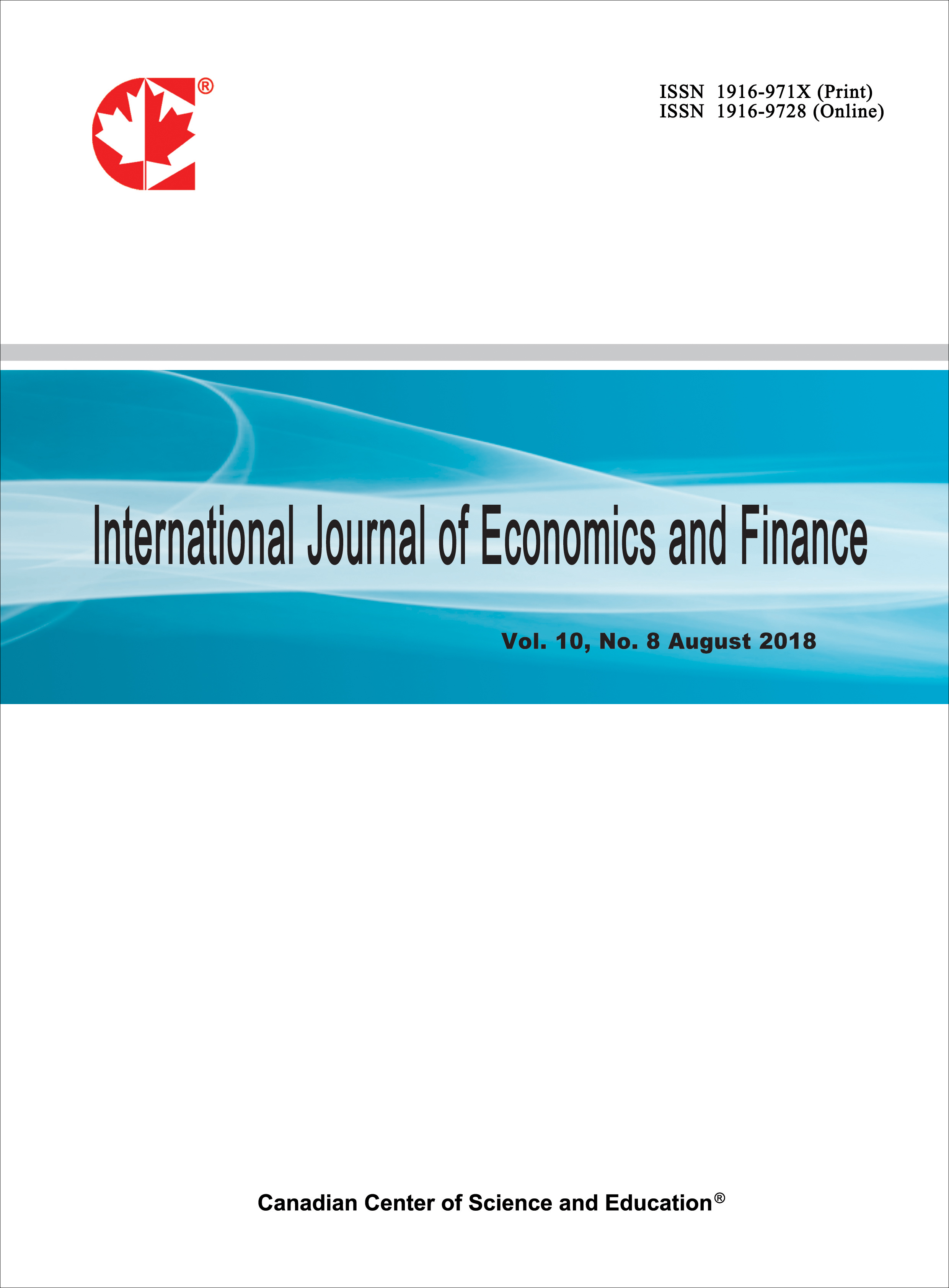Asymmetric Effects in Emerging Stock Markets - The Case of Iran Stock Market
- Seyyed Ali Paytakhti Oskooe
- Ali Shamsavari
Abstract
In view of the mixed empirical results in the literature, this paper assesses the extent of asymmetric volatility effects in the Iranian stock market as an emerging stock market, using a variety of nonlinear autoregressive conditional heteroskedasticity specifications. Tests based on standardized residuals from a fitted GARCH model suggest a lack of asymmetric effects in the dynamic volatility of the Iranian stock market. Empirical analyses with asymmetric GARCH models also reject the hypothesis of asymmetric volatility, in contrast to most developed and emerging markets. Hence, good and bad news of the same magnitude have similar impacts on the volatility level in the Iranian stock market. The leverage effect modified by inflation advantage and price limit may be the main reasons for lack of asymmetric effect in emerging stock markets.
- Full Text:
 PDF
PDF
- DOI:10.5539/ijef.v3n6p16
Journal Metrics
Index
- Academic Journals Database
- ACNP
- ANVUR (Italian National Agency for the Evaluation of Universities and Research Institutes)
- Berkeley Library
- CNKI Scholar
- COPAC
- Copyright Clearance Center
- Directory of Research Journals Indexing
- DTU Library
- EBSCOhost
- EconBiz
- EconPapers
- Elektronische Zeitschriftenbibliothek (EZB)
- EuroPub Database
- Genamics JournalSeek
- GETIT@YALE (Yale University Library)
- Harvard Library
- Harvard Library E-Journals
- IBZ Online
- IDEAS
- JournalTOCs
- LOCKSS
- MIAR
- NewJour
- Norwegian Centre for Research Data (NSD)
- Open J-Gate
- PKP Open Archives Harvester
- Publons
- RePEc
- ROAD
- Scilit
- SHERPA/RoMEO
- SocioRePEc
- Standard Periodical Directory
- Technische Informationsbibliothek (TIB)
- The Keepers Registry
- UCR Library
- Ulrich's
- Universe Digital Library
- UoS Library
- ZBW-German National Library of Economics
- Zeitschriften Daten Bank (ZDB)
Contact
- Michael ZhangEditorial Assistant
- ijef@ccsenet.org
